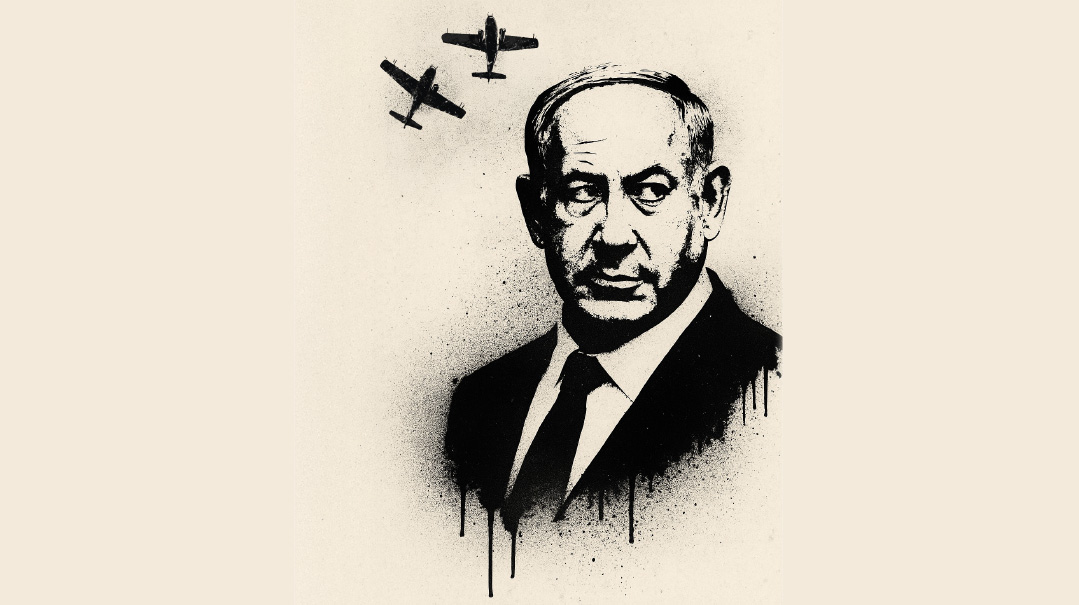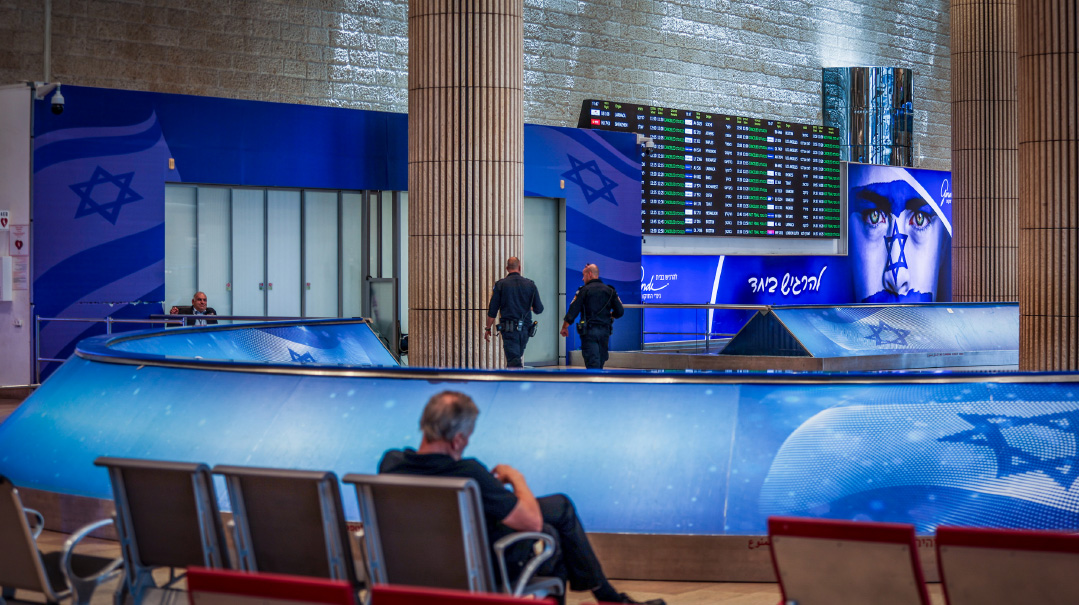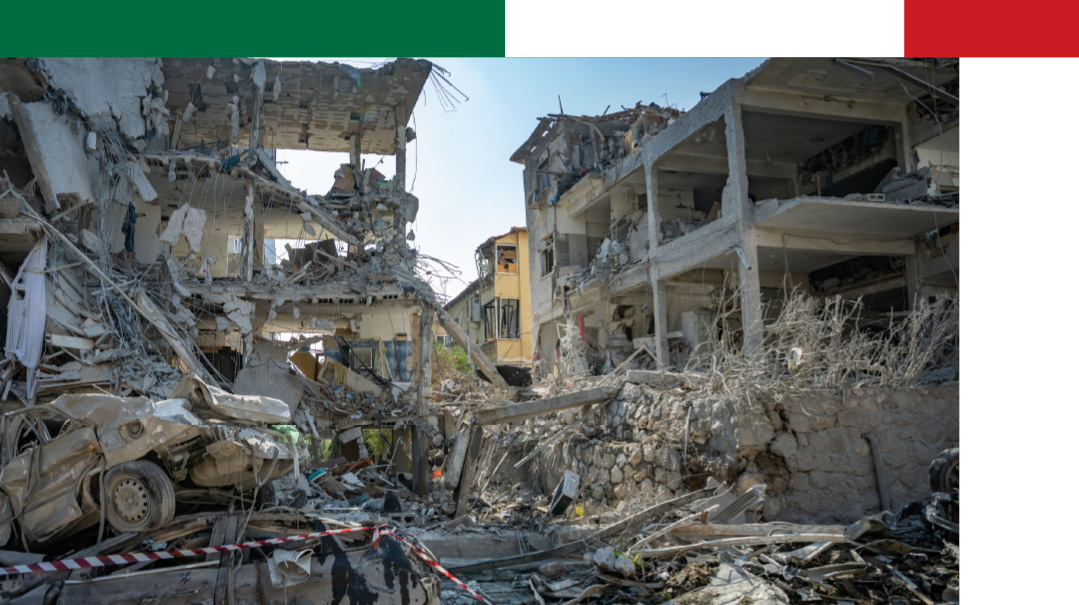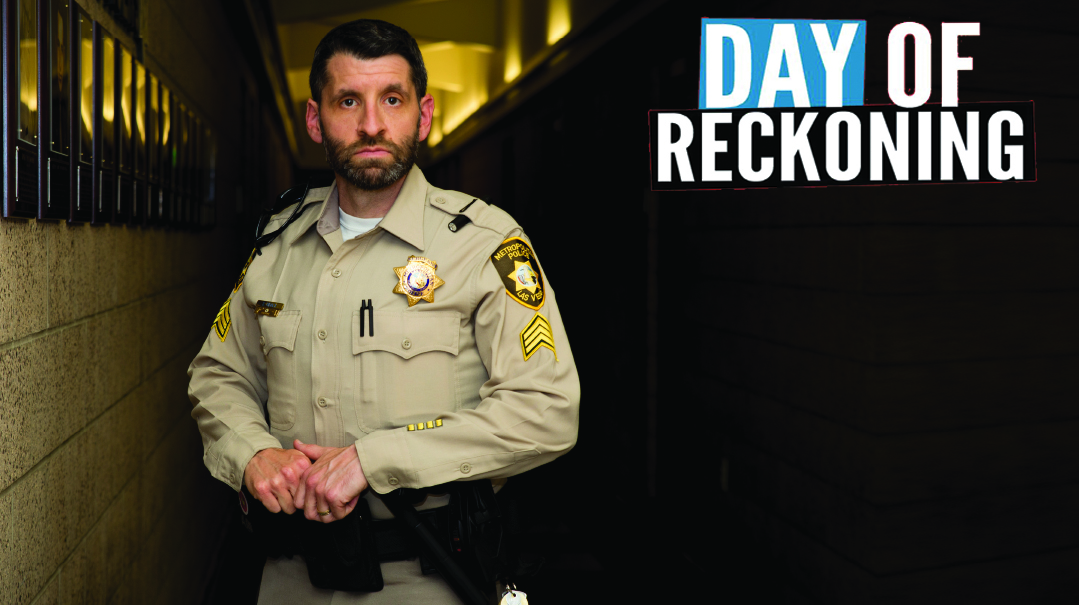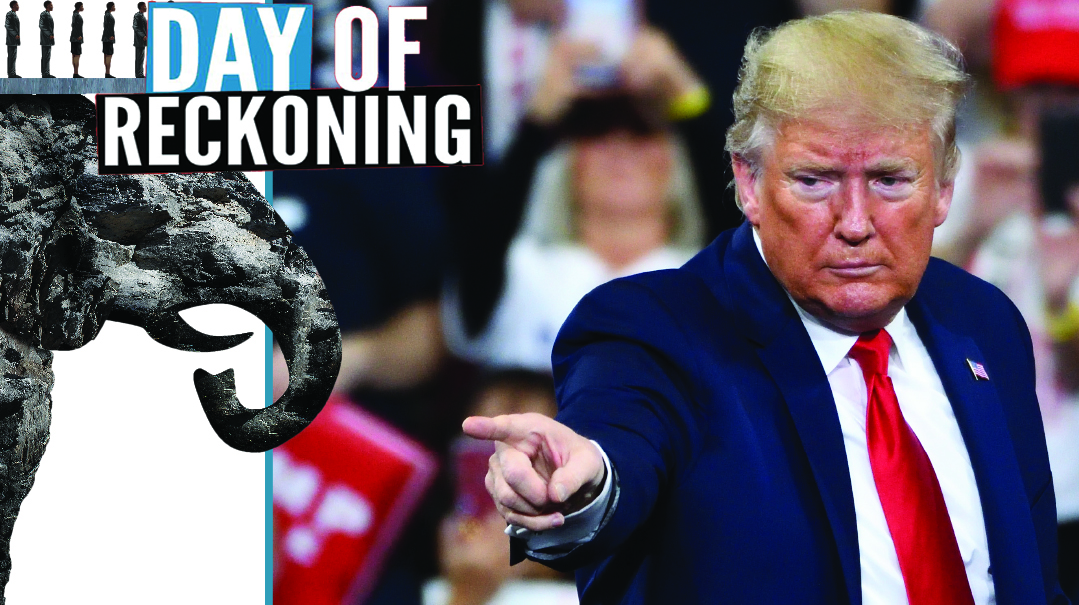Gone Missing
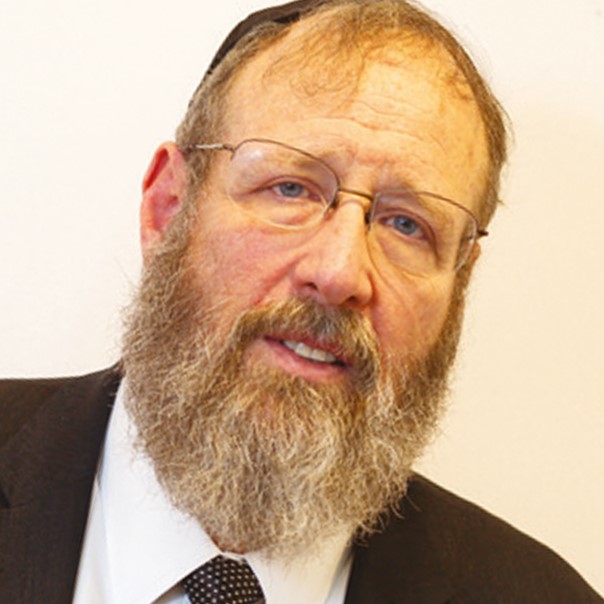
We can only begin to decipher the disturbing scenes of Wednesday’s lethal raid on the Capitol by asking the right questions: What allowed these events to morph from the unthinkable to reality?
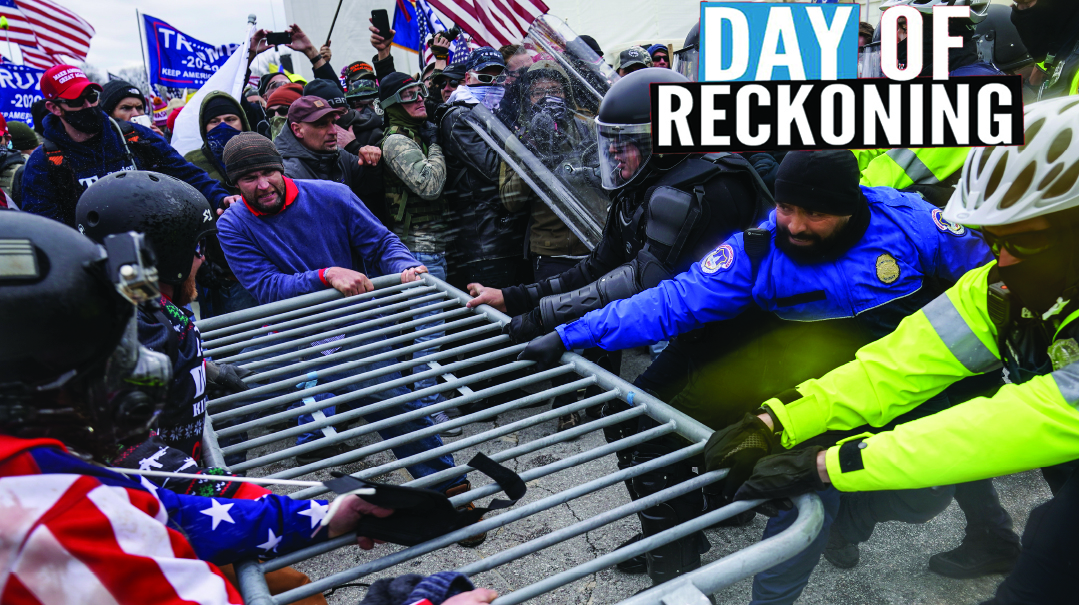
Photos: AP Images
On Wednesday January 6, crowds of Trump supporters — fully convinced that the election had been stolen and urged to take it back for their president — stormed the nation’s Capitol, bringing bloodshed, mayhem, and shock.
Where does the GOP go from here? With the Trump era at a sudden and shattering end, how can the party find new leadership and continued relevance?
What’s waiting in Washington for America’s Orthodox Jewish community, where many are approaching the next four years with trepidation?
And what messages do those disturbing images of extremism and violence hold for us as observant Jews?

Mishpacha magazine, though very well received in the Jewish Torah community, has no significant readership outside of our community and among “the powers that be.” So why write in Mishpacha magazine about the shocking events that happened last week at the United States Capitol?
The Gemara says that someone who sees a sotah in her disgrace must take on abstinence from some aspect of this world’s physicality. This is perplexing. He did not see the sotah at her revelry, where he might be tempted to imitate her. Rather he saw her at her most painful moment — shamed and about to be killed. Why then, would he need to add more precautions?
The answer is twofold. Firstly, there are behaviors that are simply unthinkable to us. We do not only refrain from killing someone because of the severity of the issur. We refrain because it is unthinkable. Once a barrier to an action, however severe, has been broken, it has then become “thinkable.” In the case of a sotah, seeing clear proof that a woman has transgressed this prime sin means one of the greatest barriers has been breached.
The second reason is mystical in nature and is quoted in chassidishe seforim. There are reasons why Hashem sends events our way. This is true as Hashgachah pratis on the individual level and, even more so, as Hashgachah klalis on the tzibbur level. And so if Hashgachah had us witness a “sotah b’kilkulah,” then it is to point out what we need to fix.
In a sense, both of these reasons can be aptly expressed with the Yiddish maxim “vi es kristeled zich, azoi yiddished zich” [lit. as Christians act, so do Jews]. In other words, the behavior of the Jewish community tends to follow the general zeitgeist.
This article, therefore, is not intended to help America right its ship. Rather it is intended to jumpstart introspection in our community and to suggest a possible message that HaKadosh Baruch Hu is sending us — to see what we need to be wary of so that we don’t subconsciously (or worse, consciously) flow along with the spirit of the current events.
To be clear, much of this could be equally applied to the shocking and dangerous mob violence associated with numerous BLM and Antifa protests across the country. But the affiliation of many in our community — for hakaras hatov or for broader reasons — with the Trump movement (and, for the most part, not with BLM or Antifa) makes the timing of this essay more appropriate within the context of Wednesday’s events.
Oops! We could not locate your form.








